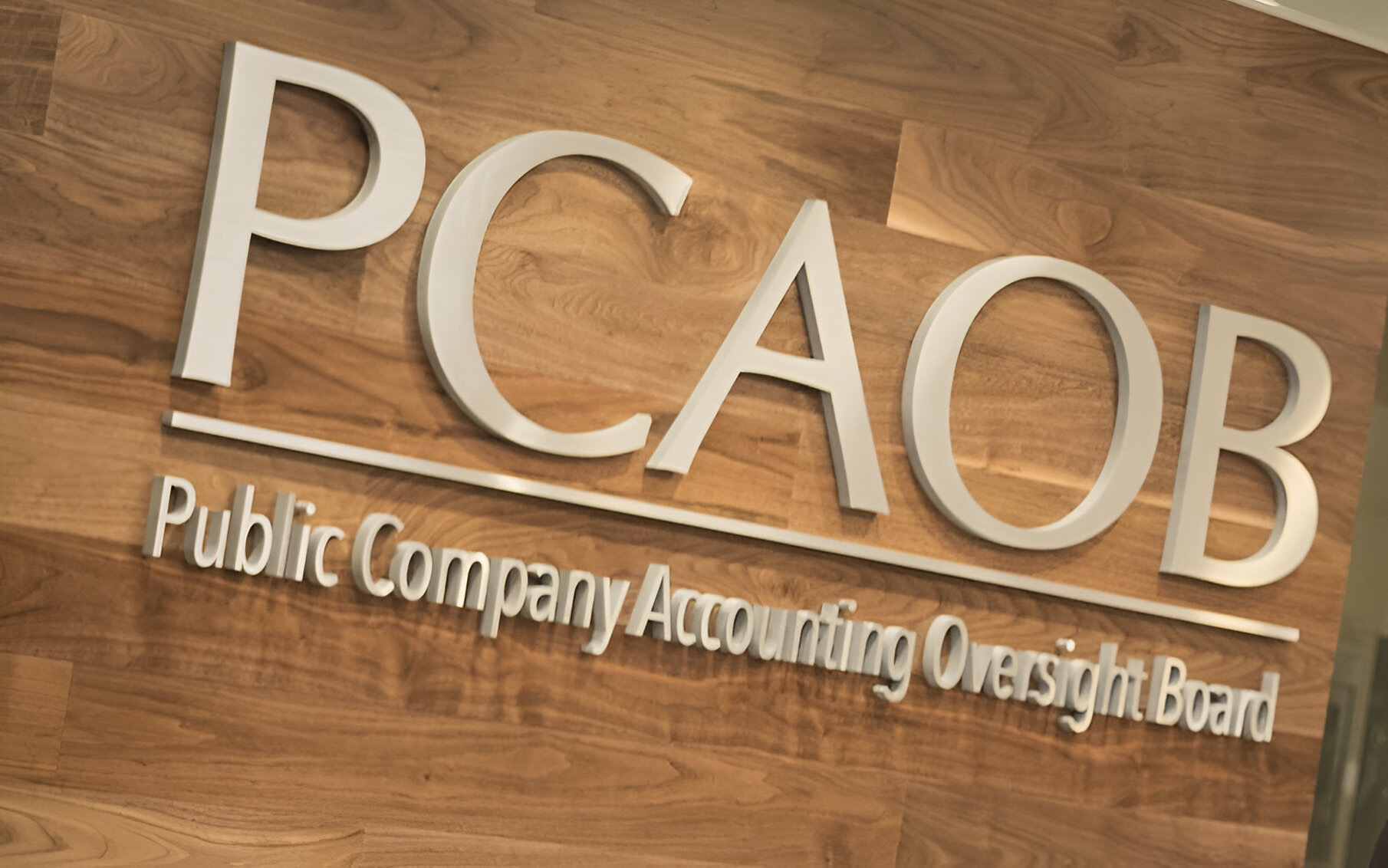The Public Company Accounting Oversight Board (PCAOB) is seeking to replace an outdated auditing standard on substantive analytical procedures, used by auditors to compare an amount recorded by the client to an amount expected by the auditor to determine whether there’s a misstatement.
The current AS 2305 was originally put in place by the AICPA in 1989 and hasn’t changed much since its adoption on an interim basis by the PCAOB in 2003. The standard predates developments—like greater use of technology-based tools by auditors and more availability of information in electronic form—that are now influencing current auditing practices, as well as updates to PCAOB standards that were made after 2003, the audit regulator said.
“The world has changed over the last 35 years, and it is past time this standard caught up,” PCAOB Chair Erica Williams said during the board’s meeting on Wednesday, where board members voted 5-0 to issue a proposed standard update. “Collectively, these updates are intended to lead auditors to obtain the sufficient appropriate audit evidence necessary to support their opinion, ultimately reducing the risk a material misstatement goes undetected, improving overall audit quality, and leaving investors better protected.”
When designing and performing substantive analytical procedures under existing PCAOB standards, the auditor identifies plausible and predictable relationships among both financial and nonfinancial data and develops expectations of the client’s recorded amount, or ratio developed from recorded amounts, based on those relationships, according to the PCAOB. For example, based on the relationship between the principal amount of the company’s debt and applicable interest rates during a year, an auditor could develop an expectation of the amount of the company’s interest expense for that year. The auditor then compares the expectation to the company’s recorded amount of interest expense for that year and evaluates any significant unexpected difference to determine if there is a misstatement, the PCAOB said.
“We have observed through our oversight activities that auditors do not always design and perform substantive analytical procedures appropriately,” Williams said. “This includes a lack of developing a precise enough expectation to compare to the company’s recorded amount or an amount derived from a recorded amount. As another example, we have observed auditors failing to determine an amount for which differences between the auditor’s expectation and the company’s recorded amount would require further investigation. When these situations occur, there is a strong likelihood that auditors have not obtained sufficient appropriate audit evidence to support their opinions accompanying issuers’ financial statements, leaving investors at risk.”
If adopted, the new standard, AS 2305, Designing and Performing Substantive Analytical Procedures, would require auditors to incorporate all relevant information when developing their best estimate expectation. Auditors would need to understand the company, its legal and economic environment, and events or activities that may affect the auditor’s ability to determine whether a logical relationship is both plausible and forms a basis for the prediction, said board member Kara Stein.
“Under the proposal, the auditor must answer the following questions: Do I have a sufficient basis to determine a plausible and predictable relationship? Can I develop a sufficiently precise expectation of amounts or balances that should have been recorded in the company’s books and records? Am I able to determine an appropriate threshold for investigating deviations for that expectation? If the auditor can sufficiently satisfy all those questions, the auditor must then perform additional procedures to evaluate those deviations,” she added.
The proposal incorporates specific requirements regarding risk assessment and audit evidence while also eliminating unnecessary duplicative provisions and reorganizing the standard so it’s easier to understand and follow, the PCAOB said. Specifically, it would:
- Strengthen and clarify the requirements for determining whether the relationship(s) to be used in the substantive analytical procedure is sufficiently plausible and predictable;
- Specify that the auditor develops their own expectation and not use the company’s amount or information that is based on the company’s amount (so-called circular auditing);
- Strengthen and clarify existing requirements for determining when the difference between the auditor’s expectation and the company’s amount requires further evaluation;
- Strengthen and clarify existing requirements for evaluating the difference between the auditor’s expectation and the company’s amount. This includes determining if a misstatement exists, as well as specifying requirements for certain situations the auditor may encounter when evaluating a difference;
- Clarify the factors that affect the persuasiveness of audit evidence obtained from a substantive analytical procedure;
- Clarify the elements of a substantive analytical procedure, including the distinction between substantive analytical procedures and other types of analytical procedures; and
- Modernize the standard by reorganizing the requirements and more explicitly integrating the standard with other board-issued standards, ultimately making it easier for auditors to follow.
The proposal also includes amendments to AS 1105, Audit Evidence, and AS 2301, The Auditor’s Responses to the Risks of Material Misstatement.
The amendment to AS 2301 “would more explicitly require the auditor to obtain external information as part of performing substantive procedures on a company’s accounts or disclosures that depend on information the company received from one or more external sources,” Williams said. “For example, this would typically require the auditor to obtain such external information when testing transactions with third parties.”
The deadline for public comment on the proposal is Aug. 12, 2024.
Thanks for reading CPA Practice Advisor!
Subscribe Already registered? Log In
Need more information? Read the FAQs
Tags: Accounting, Audit Standards, Auditing, PCAOB



![Fraud_Definition_iStock_4_11_13_1_.57a35565088db[1]](https://www.cpapracticeadvisor.com/wp-content/uploads/2020/11/Fraud_Definition_iStock_4_11_13_1_.57a35565088db_1_.5fbc37b5ebe41.png)
